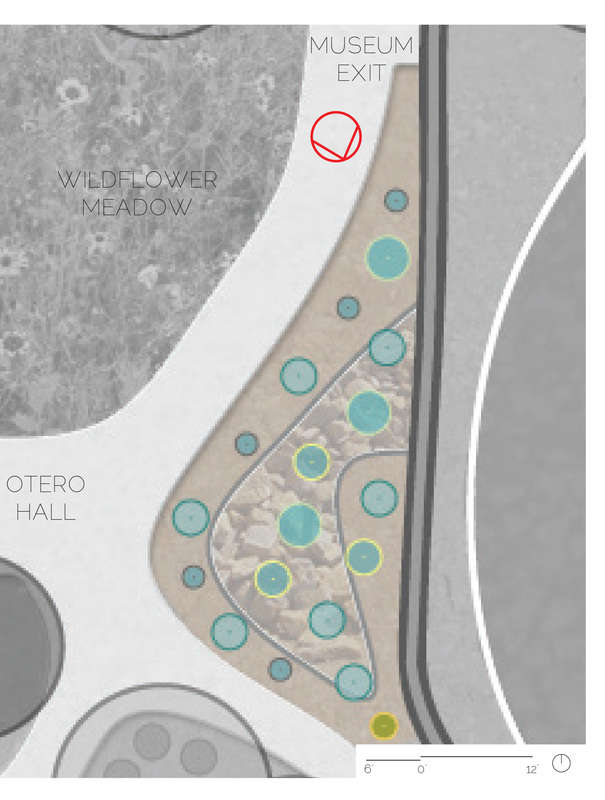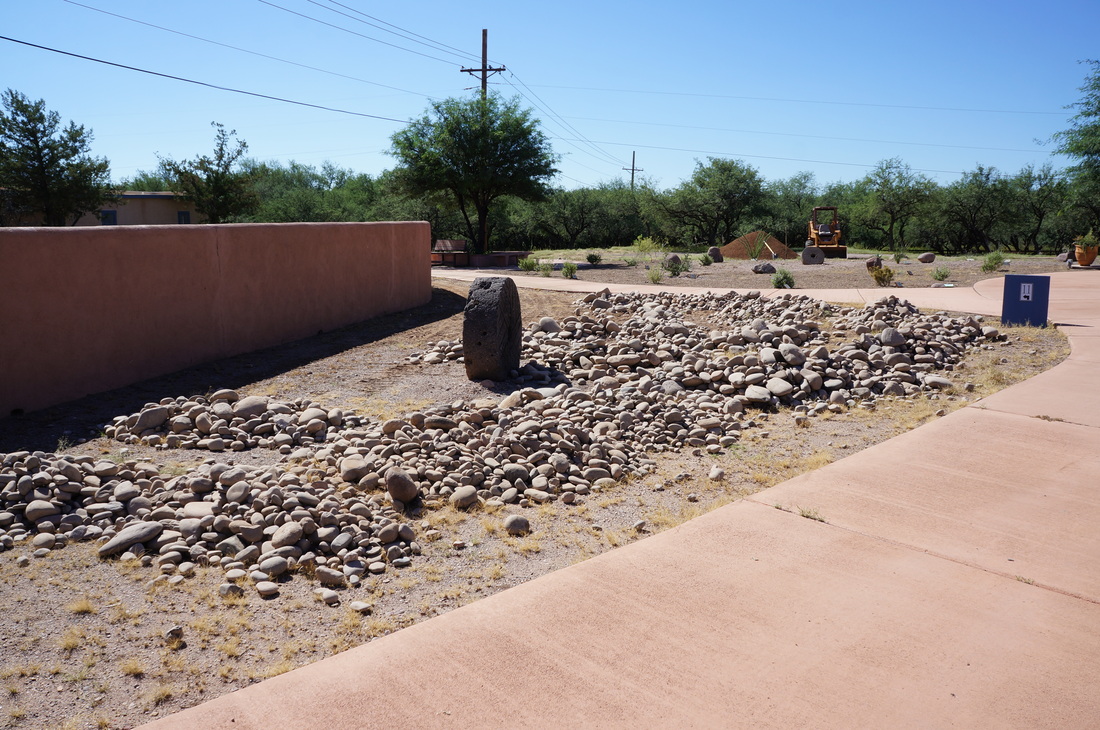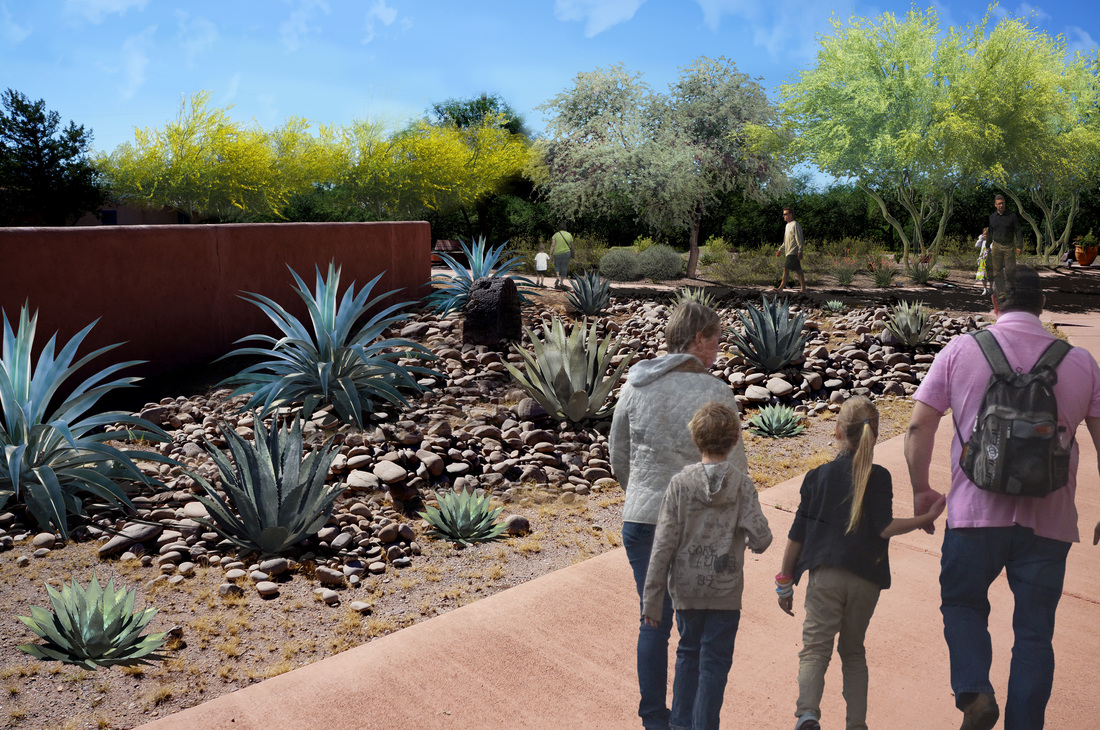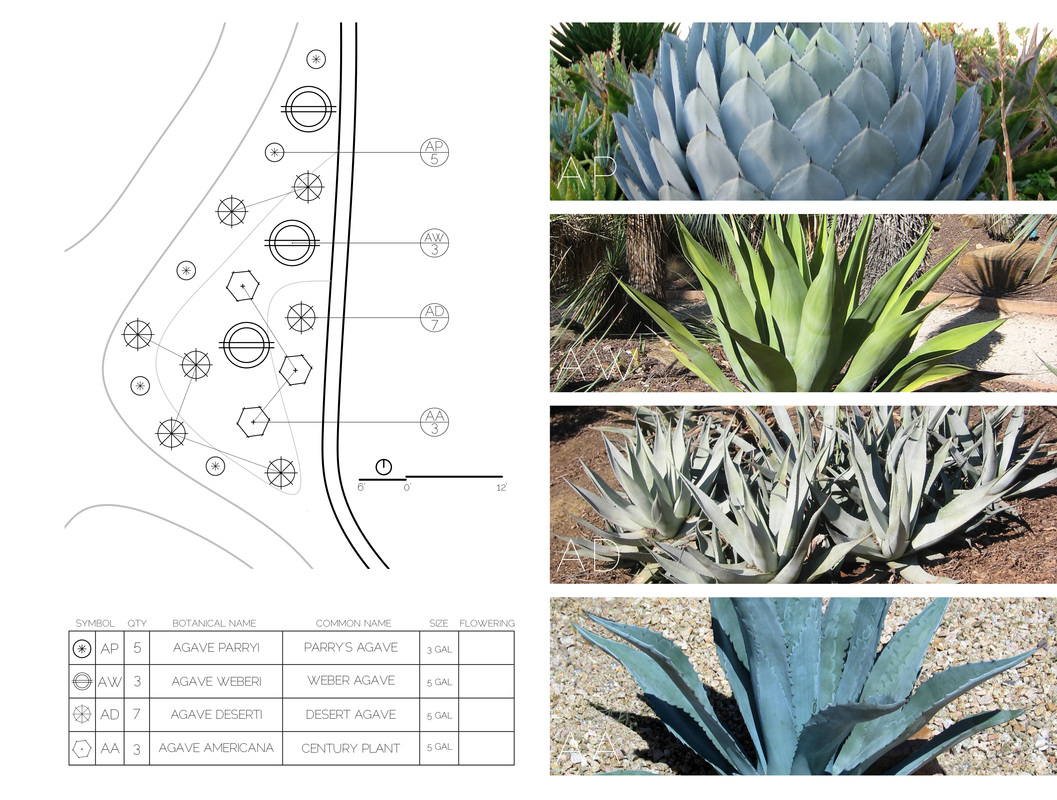FOCUS AREA | AGAVE MOUND
|
Upon exiting the museum, the visitor is fresh with ideas and understanding of the site throughout its entire history. Although a number of material artifacts are preserved inside of the museum, a live presentation of the plants and cultivation techniques of the earliest settlers of the area can reinforce that newly gained knowledge.
The Agave Mound demonstration area interprets the original agave terraced plantings found in southern Arizona and throughout Mexico. These specialized plants are adapted to their native desert environment and provided a number of benefits for early occupants of the desert, including food, fiber, alcohol, and other tools. Agaves and yuccas were used for their fibers, which were formed into ropes, clothing, and footwear. They were also used for soap, as the roots of certain species of yucca have soapy properties. Agave roots were roasted and pounded to a pulp, and either eaten as-is or fermented into an alcoholic beverage called pulque. Agaves were cultivated by the Hohokam and stone terraces, allowing the natural downhill flow of the water to irrigate the plants. Agaves have a natural life span, culminating in one flowering, after which the plant dies.Various yucca and agave species were more adapted to different climates, and this exhibit showcases many of those species that are mostly commonly found and widely used within this area. |



